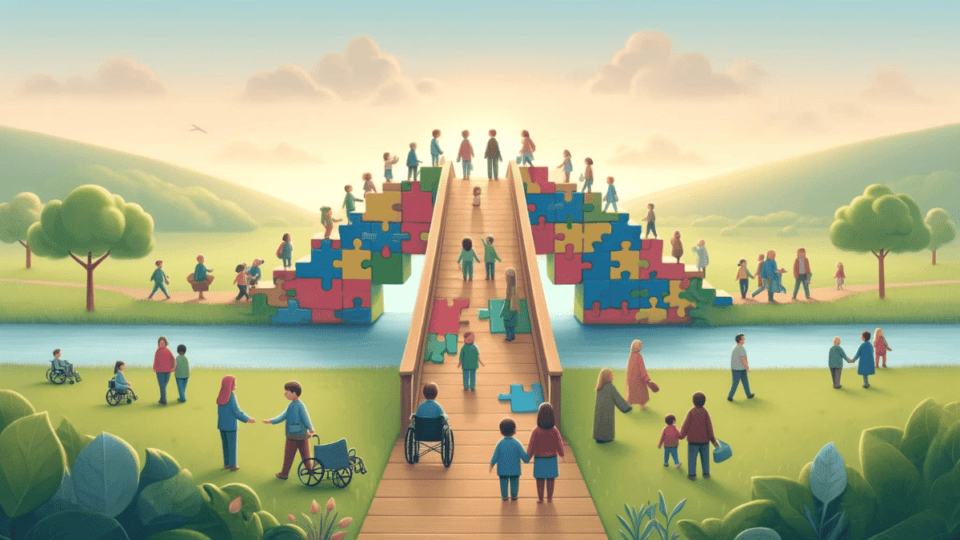In the complex world of special education, communication is often the bridge that connects children with autism and other developmental delays to their surroundings. The journey toward effective communication is multifaceted, involving a blend of techniques, therapies, and the dedicated efforts of professionals.
One such expert, Bayan Jaber, an Educational Psychology and Applied Behavior Analysis (ABA) professional based in Summerville, South Carolina, embodies the dedication required to foster significant progress. Jaber’s extensive training, with a Master’s degree in Educational Psychology/BCBA from Wayne State University and a B.A. in Criminal Justice from Saint Elizabeth University, equips her with a unique perspective on the intersection of behavior analysis and education.
Understanding the Communication Challenges
Children with autism spectrum disorder (ASD) and other developmental delays often experience a variety of communication barriers. These can range from difficulties in understanding language and expressing themselves verbally to challenges with non-verbal communication, such as eye contact, facial expressions, and body language. Addressing these challenges requires a tailored approach that considers each child’s needs.
Strategies to Enhance Communication
1. Visual Supports
Visual supports are beneficial in teaching communication skills because they remain in the child’s view for longer than spoken words. Picture cards, visual schedules, and storyboards can help children understand daily routines and express their needs and desires. These tools are beneficial in providing a concrete way to understand abstract concepts and sequences of events.
2. Technology Aids
With technological advances, several applications and devices enhance communication for children with special needs. Speech-generating devices (SGDs) and apps like Proloquo2Go are prominent examples that support non-verbal children or those with limited speech abilities in communicating effectively.
3. Sign Language
For some children, learning sign language can be a viable method of communication before they develop the ability to speak. Sign language encourages the development of communication skills in a visually stimulating way that can be easier for children with developmental delays to grasp.
4. Behavioral Interventions
ABA therapy, a field in which Jaber is deeply involved, plays a critical role in communication development. ABA focuses on teaching skills through reinforcement strategies that can increase desirable behaviors and reduce those that may cause harm or interfere with learning. By breaking down communication into small, teachable components, ABA allows children to build up their ability to communicate effectively slowly.
5. Social Stories
Developed by Carol Gray in 1991, social stories are short descriptions of a particular situation, event, or activity, including specific information about what to expect and why. These stories help children with ASD understand social norms and improve their social skills, crucial to effective communication.
6. Environmental Structuring
Creating an environment conducive to learning is crucial for children with special needs. This involves organizing physical spaces to reduce distractions and enhance focus, making learning and communication easier.
Role of Professionals Like Bayan Jaber
Professionals specializing in Educational Psychology and Applied Behavior Analysis, such as Bayan Jaber, are instrumental in implementing these strategies. They provide direct services to children and equip parents, caregivers, and educators with the tools to support their development. Jaber’s diverse educational background in criminal justice and educational psychology brings a unique perspective to her work, emphasizing the importance of a structured, understanding approach to handling behavioral challenges.
Conclusion
The strategies outlined above are just a part of the vast repertoire of tools available to help children with special needs develop practical communication skills. Each child is unique; finding the right combination of techniques and interventions requires patience, creativity, and persistence. Professionals like Bayan Jaber are at the forefront of this challenging yet rewarding field, working tirelessly to ensure that every child has the opportunity to reach their full potential through improved communication. As we continue to bridge the communication gaps, we profoundly impact these children’s and their families’ lives, bringing them closer to a world where they can express themselves and understand others with clarity and confidence.
